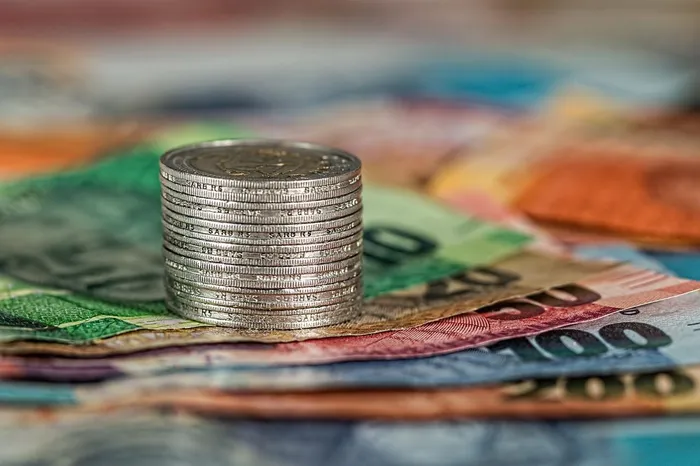South Africa's markets gain momentum as rand strengthens and trade surges
MARKETS

In early Monday trading, the rand strengthened by 0.5%, recovering to R17.70 against the US dollar, reversing some of the pressure it faced last week.
Image: Pixabay
South Africa’s financial markets began the week on a cheerfully optimistic note, buoyed by a weakening US dollar and a fresh wave of stability within the Government of National Unity (GNU).
In early Monday trading, the rand strengthened by 0.5%, recovering to R17.70 against the US dollar, reversing some of the pressure it faced last week.
This upward momentum comes as the greenback continues to lose ground, spurred by an easing of tensions in the Middle East, leading investors to take on more risks rather than retreating to safer havens.
Economic data from the South African Reserve Bank unveiled promising figures: money supply growth rose to 6.86% in May, up from 6.12% in April, along with a modest increase in credit growth to 4.98% from 4.60%. Such indicators provide essential insights into consumer demand, suggesting strengthened economic activity.
Moreover, South Africa's trade performance in May has presented promising figures, with a widening trade surplus of R21.7 billion—up substantially from a revised R13bn in April.
This significant increase was driven by a robust export performance, which saw a 6.3% rise, culminating in a six-month high of R176bn.
Shipments comprising precious metals, particularly gold and platinum, along with a variety of agricultural products such as citrus fruits, have contributed significantly to this positive trend.
On the flip side, imports experienced a more subdued increase of 1.2%, amounting to R154bn. The demand was predominantly for mineral products, including crude oil and base metals. Notably, declines in certain categories, such as vegetable products and machinery, offset some of these gains.
Despite the rand's recovery, Investec's chief economist, Annabel Bishop, pointed out that the currency remained under pressure against the euro and the pound.
Currently, the rand trades at R20.83 to the euro against an average of R20.11 year-to-date, and R24.33 to the pound, as compared to a year-to-date average of R23.87.
“The rand is likely to average near R18.00/$1 in the third quarter of 25, if not stronger, but much depends on the policies from the Trump government, and in particular the reactivation of many of the Liberation day US trade tariffs in early July,” Bishop said.
“The Democratic Alliance (DA) has said it will remain in the GNU, while polls have shown loss of President [Cyril] Ramaphosa as ANC president sees the party fall towards 20% voter support. The rand has ignored the latest political spat, following global market movements.”
Political dynamics also play a role in shaping market sentiments, particularly following a weekend of intense negotiations surrounding the GNU.
The Democratic Alliance (DA) has opted to remain part of the coalition despite expressing dissatisfaction with President Cyril Ramaphosa’s Cabinet decisions, notably the dismissal of Andrew Whitfield as deputy minister of trade, industry, and competition.
Although the DA has pledged to abstain from certain budget votes, their choice to stay within the coalition has helped stabilise the rand, which has seemingly remained insulated from political turbulence.
Andre Cilliers, currency strategist at TreasuryONE,remarked on the DA's recent actions, stating that their frustrations have had minimal impact on the rand’s performance.
“The DA is so frustrated that it won't support parts of the government budget and says talking more is pointless. The rand opened this morning back in the mid-R17.70s, stronger than it closed on Friday. The currency will await international data this week to get some impetus,” Cilliers said.
Meanwhile, the JSE All Share Index surged 0.9% to 96 706 points during early trade on Monday, bouyed by investments, logistics, healthcare, and manufacturing stocks.
BUSINESS REPORT